The HR recruiting process with the highest business impact often has a failure rate of 50 percent according to Dr. John Sullivan on ERE in his article “The 6 Ugly Numbers Revealing Recruiting’s Dirty Little Secret” In this article we will address the problems in Human Resources and Talent Acquisition and how to avoid common pitfalls that harm recruiting efforts. For the company’s senior executives and board of directors, the dependence and overhead on HR internal recruitment and Talent Acquisition groups does not produce the results desired for the company to achieve success.
Stop treating every potential candidate as active job seekers and applicants
In a soaring economy where the supply of good candidates is far outweighed by the demand to fill jobs (7.5M jobs currently remain open), the company and the recruiters are the seekers, not the other way around. Posting job openings on job boards and social media by and large generates applicants who are underemployed or unemployable. Most good potential candidates are happy with their employer, their current role, and are paid well. These successful people are not looking at job postings and are so inundated by emails and social media messaging from HR, TA, contingency, and RPOs they don’t read or respond.
Avoid Common Pitfalls That Harm Recruiting in the HR Process
Forcing potential candidates that you’re looking for to go to your website to fill out an application is untenable. Just because you have an HRIS or ATS process that governs every candidate perform this, remember it is you that came looking for him/her; they are NOT applicants. And demanding potential candidates at the very beginning to reveal their current compensation is unethical or in many states, illegal.
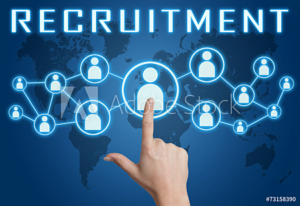 If you want to attract the ideal candidates, first HR must stop the age old process of creating job postings and messages that don’t work.
If you want to attract the ideal candidates, first HR must stop the age old process of creating job postings and messages that don’t work.
The same old blah-blah corporate culture, responsibilities, requirements, and benefits overview is boring to successful people, whose actual interests will be one of the following: a new challenge, more authority, a particular product or service where they can make an impact on the market, location, company and team size, and a competitive compensation package. Appeal to their desires to attract them.
Failure to build relationships with professionals who can become future candidates
The HR recruitment process focuses on building a resume database rather than real relationships. Good executive recruiters are successful because they consistently foster relationships based on common interests with professionals – not by approaching them as potential candidates but as peers and colleagues within an industry by sharing ideas, making introductions, and asking for their advice.
Many Hiring Managers assume they are great recruiters
All hiring managers like to think they are excellent recruiters. But the track record is such that only “A players”, the top 10% of the workforce can claim that distinction. Think about it – regardless of title your primary time is focused on building sales, engineering, product management, operations, etc. How can you possibly excel at something you spend very little time doing when retained executive search consultants spend most of their time on actual recruiting.
Avoid Common Pitfalls That Harm Recruiting in Dual Role Reality
Those dual roles of being a CXO or VP with outstanding capability to lead strategy, manage a team, and deliver while at the same time having the skills and time to conduct recruiting is very, very rare. Want further proof?
About one-third of the hiring managers today just want a few notes and a resume. The resume is by far the worst presentation tool ever created. It is generally a one-size-fits-all document. It reveals experience, skills, education, and accomplishments.
It is generalist in nature and rarely delves into how a person used those skills and expertise in relation to the objectives of the role you need to fill. Worst of all…and the reason to always avoid looking at the resume as a presentation tool, is once a hiring manager views the resume, 75% of their mind is already made up.
Makes no matter if you provide comprehensive interview notes, measured KPIs, numbers, relevant details of similar accomplishments, and depth of industry relationships to prove the candidates can meet and exceed the objectives of the role; often their mind is already made up based solely on the resume.
Salary ranges and corporate culture fit ignore the rule of supply and demand.
Many companies have this set-in virtual stone salary ranges. Thinking that a cyber wireless engineer or AI architect are just software engineers and must fit within the SW engineering salary range is not reality. Ask Google, Uber, Microsoft – many of these types of engineers make higher compensation that their boss. It is reality with the law of supply and demand. Some companies even offer candidates less than they are making now, believing that the in-person interview revealed how much the candidate liked the company and team and expressed desire to come on board. It is simply absurd and insulting to offer someone less if in same location where cost-of-living makes no difference.
Having HR or TA make offers to candidates is not the right way to go
The person who has built a relationship of trust, usually the recruiter or hiring manager, should always be the person to make the initial verbal offer. When someone in HR or TA group makes an official offer, it is usually someone who has no real relationship with the potential new hire. The results can often be negative as the candidate feels his/her value is not appreciated and they are negotiating and speaking with someone they do not know. Avoid common pitfalls to recruiting where the HR process often fails by causing the recruiter or hiring manager to have to come in and save the day while the damage has already been done.
Low retention rates cause teams to not develop properly
Most companies have some type of on boarding but, it is more orientation and documentation. And even expensive one-size-fits-all on boarding plans fail because they require too many people to be involved. A custom on boarding plan should always consist of two parts: a self-development plan for the new hire and a mentor / coaching plan for the person the new hire will report to.
This simplifies the on boarding process by focusing on utilizing the strengths the new hire brings to the team creating action plans to address potential weaknesses. This ensures the new hire’s impact on team dynamics is positive by ensuring the objective of proper on boarding is met, which is to promote quick assimilation into the team, faster productivity, and longer retention. If you adapt your HR process and learn to avoid common pitfalls that harm recruiting, you will make a positive impact on your business growth.
 The future of electricity can best be broken into four fundamental categories – power generation, power distribution, electric storage, and changes in demand.
The future of electricity can best be broken into four fundamental categories – power generation, power distribution, electric storage, and changes in demand.

 With the information gathered the original job spec, the discovery step, and the composite team profile, the recruiter can effectively construct a Search Strategy including a Target Candidate Profile for screening and assessment.
With the information gathered the original job spec, the discovery step, and the composite team profile, the recruiter can effectively construct a Search Strategy including a Target Candidate Profile for screening and assessment.
 Rather than using a typical job description quoting responsibilities and requirements, the approach is to identify team dynamics and documenting KPIs to ensure potential
Rather than using a typical job description quoting responsibilities and requirements, the approach is to identify team dynamics and documenting KPIs to ensure potential 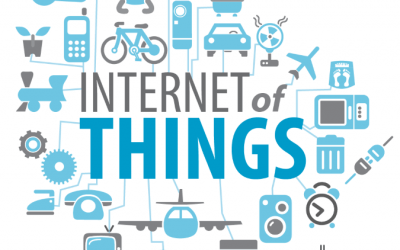
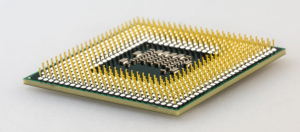 Hackers can do a lot of damage, and with billions of IoT devices forecast to be connected in the next few years, embedded devices security should be more than an afterthought.
Hackers can do a lot of damage, and with billions of IoT devices forecast to be connected in the next few years, embedded devices security should be more than an afterthought.


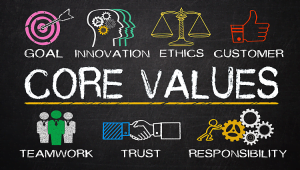 Working in a business organization means that you will be working with people. Communication does not only mean relaying what you want to express through words, but through your actions as well. Most, if not all jobs require effective social skills to interact efficiently with their colleagues, clients, suppliers, and senior management.
Working in a business organization means that you will be working with people. Communication does not only mean relaying what you want to express through words, but through your actions as well. Most, if not all jobs require effective social skills to interact efficiently with their colleagues, clients, suppliers, and senior management.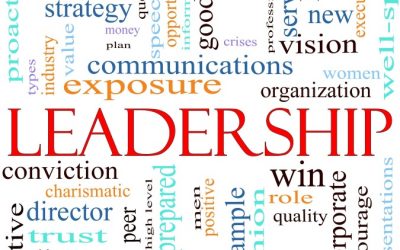
 To lead is to show the way by going in advance. To lead is to guide or direct a course of action. To lead is to influence the behavior or opinion of others. We all need to be leaders, regardless of our formal title or role.
To lead is to show the way by going in advance. To lead is to guide or direct a course of action. To lead is to influence the behavior or opinion of others. We all need to be leaders, regardless of our formal title or role.


 If you want to attract the ideal candidates, first HR must stop the age old process of creating job postings and messages that don’t work.
If you want to attract the ideal candidates, first HR must stop the age old process of creating job postings and messages that don’t work.
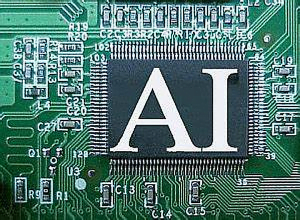 That’s how NASA brought the Apollo 13 crew home. Smart people used intelligent methods to limit the power consumption in the spacecraft to direct energy to where it was most needed. Many people credit the contracting firm Kepner-Tregoe and their problem analysis method for saving the astronauts. And who hasn’t seen the movie “Apollo 13” directed by Ron Howard?
That’s how NASA brought the Apollo 13 crew home. Smart people used intelligent methods to limit the power consumption in the spacecraft to direct energy to where it was most needed. Many people credit the contracting firm Kepner-Tregoe and their problem analysis method for saving the astronauts. And who hasn’t seen the movie “Apollo 13” directed by Ron Howard?